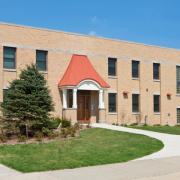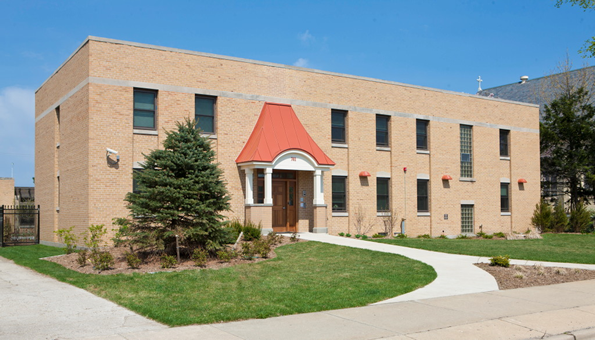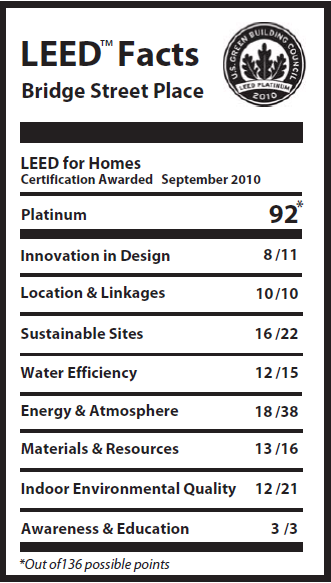City of East Lansing
Green Building Incentive Policy
November, 2010
The City of East Lansing recently adopted an innovative Green Building Policy which requires new municipal construction to attain the U.S Green Building Council’s (USGBC) Leadership in Energy and Environmental Design (LEED) Certification. The policy also requires new private development receiving municipal incentives to achieve certain levels of LEED certification. This policy’s goal is to incorporate green building principles into the design, construction and operation of new buildings within the City.
In order to further this mission, the City recognizes the need to provide incentives for projects which do not receive municipal incentives through the existing Green Building Policy. This Green Building
Incentive Policy shall:
1) Apply to new single family and commercial construction projects which do not receive financing incentives through the existing Green Building Policy.
2) Create an annual incentive fund not to exceed $10,000 whose monies will be derived from a combination of water, sewer and general funds.
3) Ends on December 31, 2012, at which time it will be reviewed to determine the ability to further fund the program and to analyze its effectiveness.
New construction projects which are eligible under this program may apply for a incentive funds which will be awarded after the successful completion of the project and certification of LEED status by the US Green Building Council. The amount of funds provided will be awarded as follows:
• Projects receiving LEED “Certified” or “Silver” status: $1,300
• Projects receiving LEED “Gold” or “Platinum” status: $2,600
A maximum of $10,000 per year shall be available and reimbursement is subject to availability of funds.
This policy shall be administered by the Department of Public Works who shall be responsible for marketing the program, developing application procedures, and providing an incentive award to participants who have satisfied the requirements of the program when funding is available.
East Lansing also provides incentives for tax increment financing funds, Brownfield redevelopment funds (Worth LEED points), community development (Worth LEED points)block grant funds.
For more information Contact:
Dave Smith
Environmental Specialist
City of East Lansing
517 337-9459
dsmith@cityofeastlansing.com







